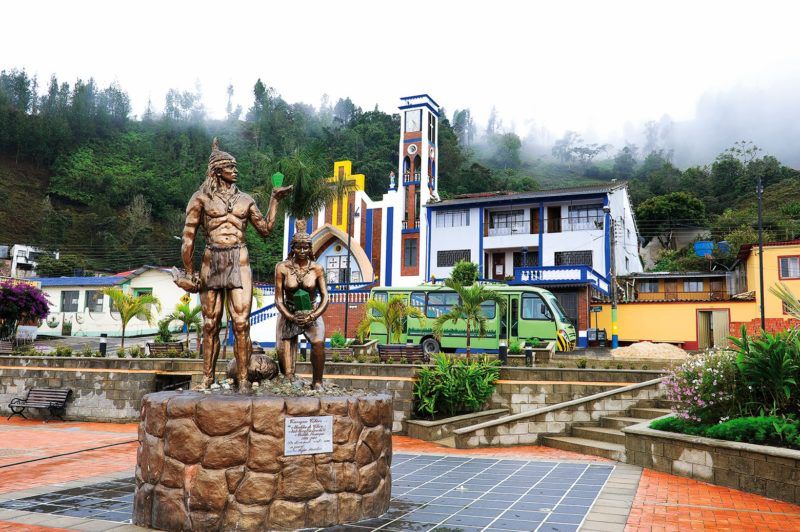
Chivor
The Story Behind the Emerald Capital of the World
Pre-Columbian Era (before the 16th century)
The Muzo and other indigenous groups of the region considered Chivor’s emeralds sacred stones, using them in rituals and as symbols of spiritual power.
Spanish Conquest (16th century – around 1537)
The Spanish discovered the mines and began forced exploitation, making Chivor one of the first emerald extraction centers in New Granada.
Colonial Period (17th – 18th centuries)
Exploitation was under the control of the Spanish Crown, which organized emerald production for export to Europe as jewelry and religious offerings.
Independence and Abandonment (19th century)
After Colombia’s independence, many Chivor mines were abandoned due to political conflicts and technical difficulties in extraction.
Rediscovery and Modernization (early 20th century)
In the early 1900s, the Chivor mines were rediscovered and operated by both foreign and national companies, incorporating new mining techniques.
Present Day (21st century)
Chivor remains recognized as one of the regions producing emeralds of great quality and purity, valued in the global market for their rarity and historical tradition.
